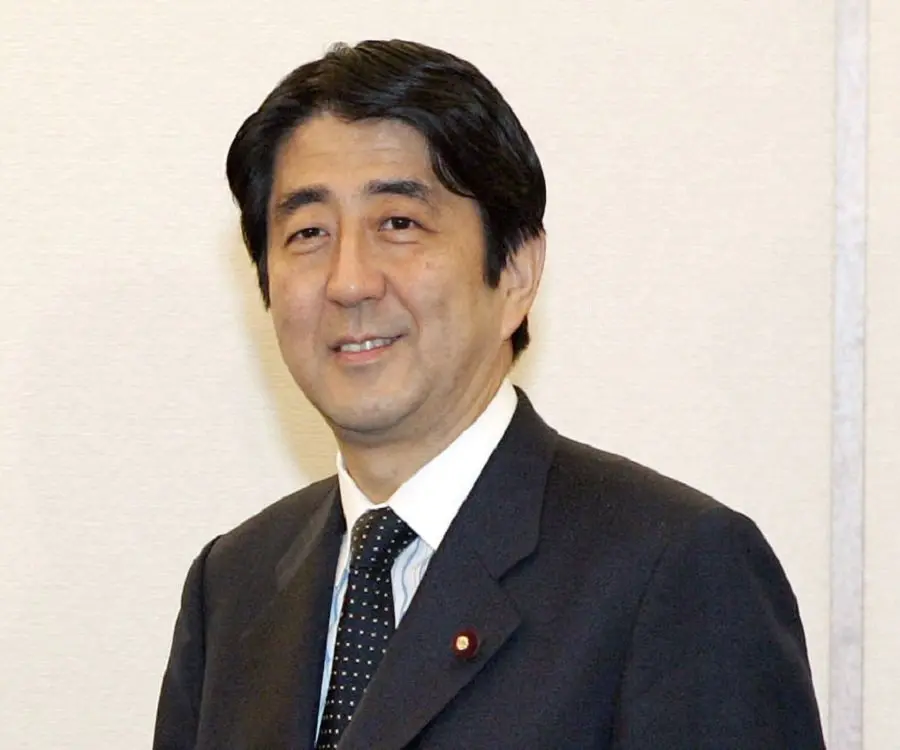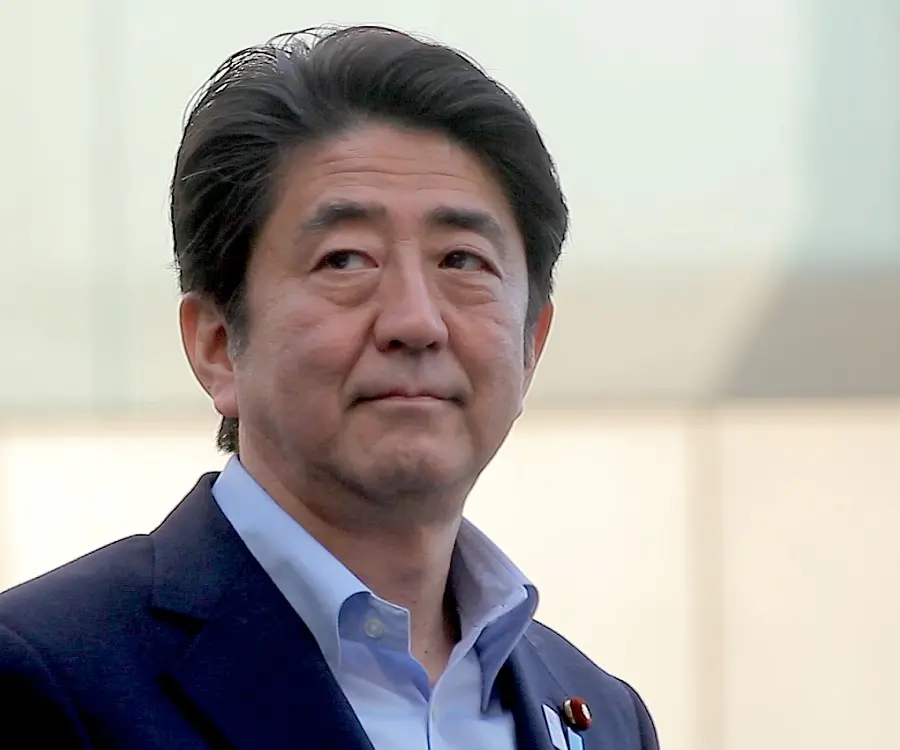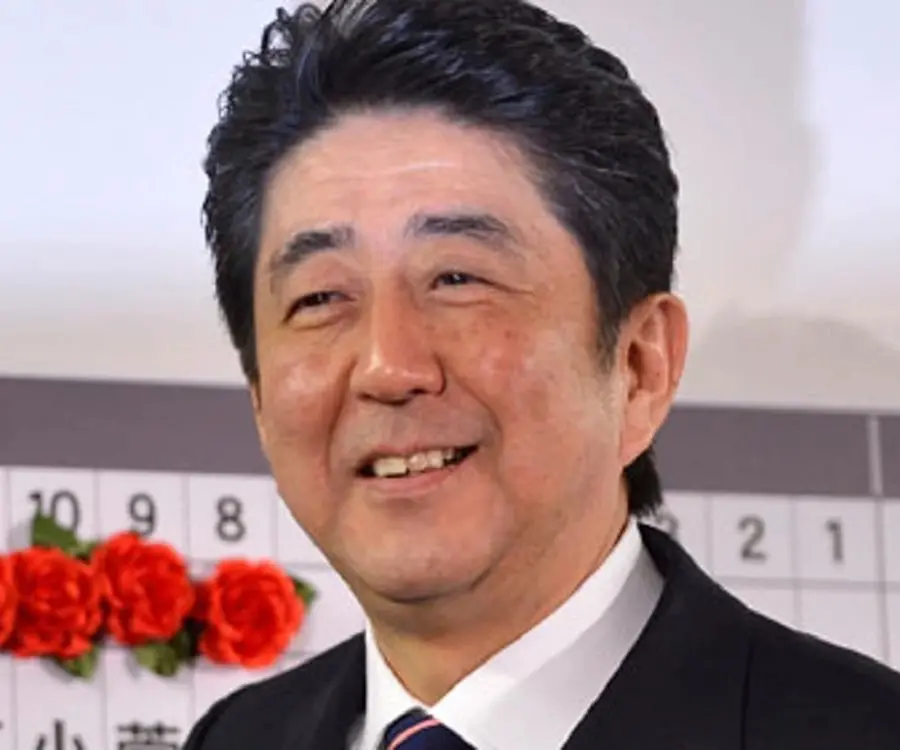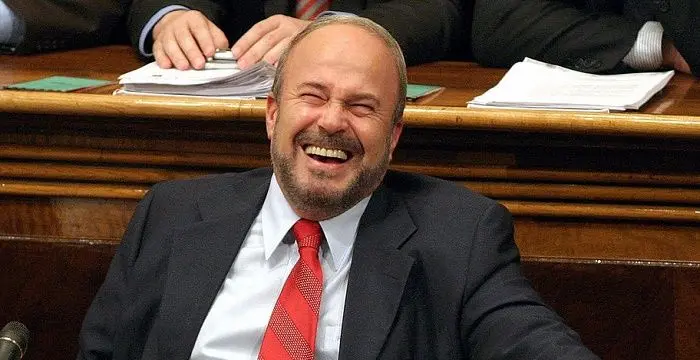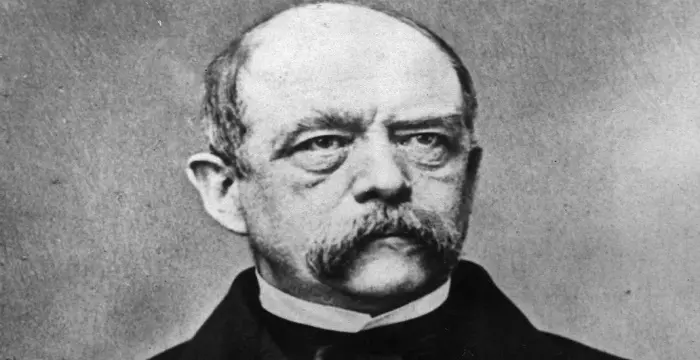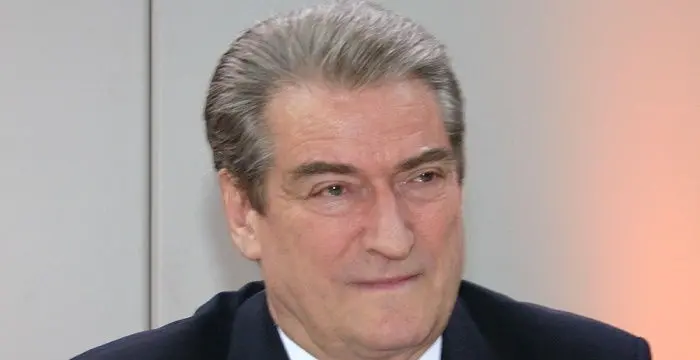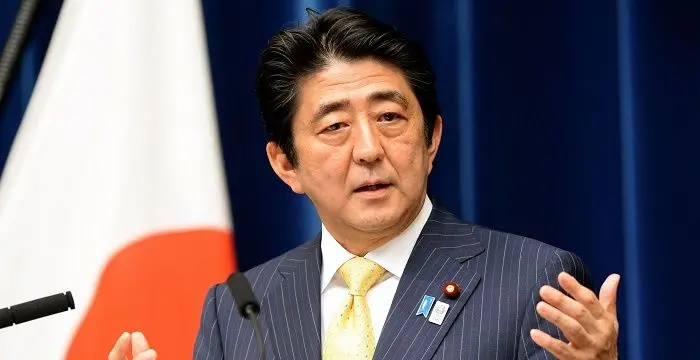
Shinzō Abe - Prime Minister of Japan, Career and Life
Shinzō Abe's Personal Details
Shinzo Abe is the current Prime Minister of Japan
| Information | Detail |
|---|---|
| Birthday | September 21, 1954 |
| Nationality | Japanese |
| Famous | Leaders, Political Leaders, Prime Ministers, Prime Minister of Japan |
| Spouses | Akie Abe |
| Siblings | Hironobu Abe, Nobuo Kishi |
| Known as | Shinzo Abe |
| Universities |
|
| Birth Place | Tokyo |
| Political Ideology | Political party - Liberal Democratic |
| Religion | Shinto, Buddhism |
| Height | 175 |
| Gender | Male |
| Father | Shintaro Abe |
| Mother | Yoko Abe |
| Net Worth | $10 million as of Jan 2017 |
| Sun Sign | Virgo |
| Born in | Tokyo |
| Famous as | Prime Minister of Japan |
// Famous Prime Minister of Japan
Yoshiro Mori
Yoshiro Mori is a former Prime minister of Japan. Find more on his life in this brief biography.
Shinzō Abe's photo
Who is Shinzō Abe?
Shinzo Abe is the current Prime Minister of Japan. Hailing from a politically influential family, he joined politics at a very early age. Starting his career as the private secretary to the chairperson of the General Council of the ruling Liberal Democratic Party (LDP), he himself was elected as the President of the party and Prime Minister of Japan within two and half decades. He always had a nationalistic approach and worked to rewrite Japan’s history when he was still a junior member of the House of Representatives. When he became the leader of LDP for the second time, the first thing he did was to pay a visit to the Yasukuni Shrine in Tokyo, which is a memorial to the soldiers who died in the World War II. Since many of those dead were later identified as war criminals, it created an international furor. However, Abe was not deterred by that. Instead, he has gone on to pursue an independent foreign policy and even reinterpreted the post war constitution so as to strengthen the country’s defense system.
// Famous Leaders
Edi Rama
Edi Rama is the current Prime Minister of Albania. Check out this biography to know about his childhood, life, achievements, works & timeline.
Tecumseh
Tecumseh was a Native American leader of the Shawnee clan. This biography profiles his childhood, life and timeline.
Khalifa bin Zayed Al Nahyan
Sheikh Khalifa bin Zayed Al Nahyan is the current President of the United Arab Emirates (UAE). Check out this biography to know about his birthday, childhood, family life, achievements and fun facts about him.
Childhood & Early Years
Shinzo Abe was born on September 21, 1954, in Tokyo, Japan. However, his registered residence is in Nagato of Yamaguchi Prefecture, where his family had lived for generations.
Shinzo’s father Shintaro Abe was the longest serving post war foreign minister of Japan and a leading member of the Liberal Democratic Party. His mother Yoko Kishi was the daughter of Nobosuke Kishi, the former Prime Minister of Japan.
Shinzo began his education at Seikei Elementary School and then attended Seikei Junior High School and Seikei Senior High School. Later, he enrolled at Seikei University to study political science and graduated from there, in 1977. After graduation, Shinzo Abe went to the United States of America to study public policy at USC Sol Price School of Public Policy in South California. However, he was there for only three semesters and returned to Japan in the beginning of 1979.
Career
Shinzo joined Kobe Steel in April 1979. By and by, he became an active member of Liberal Democratic Party and worked as the private secretary to the chairperson of the General Council of the party and also as the secretary to the Secretary General.
In 1982, he left Kobe Steel and joined politics full time. In the same year, he became the assistant executive to the Minister of Foreign Affairs, a post held by his father Shintaro Abe.
Shintaro Abe died in 1991. In 1993, Shinzo Abe entered the House of Representatives by winning the seat from the first district of Yamaguchi Prefecture, vacated by the death of his father. From the very beginning, he was one of the important members of the house.
In 1997, Shinzō led the ‘Japanese Society for History Textbook Reform’. He also founded the ‘Institute of Junior Assembly Members Who Think About the Outlook of Japan and History Education’ and became the bureau chief.
In 1999, Shinzo Abe became the Director of Social Affairs Division. Next from 2002 to 2003, Abe held the post of the Deputy Chief Cabinet Secretary. When in 2002, North Korea admitted of abducting thirteen Japanese citizens, Abe was chosen by his government to negotiate on behalf of the families of the abductees.
Abe’s tough stance against North Korea was highly appreciated by the nation and his popularity started soaring. When in 2002, Prime Minister Koizumi Junichiro went to meet Kim Jong II, the Supreme Leader of North Korea, Abe accompanied him.
In 2003, Abe became the Secretary General of Liberal Democratic Party. In 2006, Koizumi Junichiro announced that he would step down both as a Prime Minister and LDP President. As he did not select his successor, election was held.
Abe was elected as the president of LDP on September 20, 2006. The election for the Prime Minister’s post was held six days later on 26th September. Abe won this election with a solid majority. At that time, he was only 52 years old.
As Prime Minister
On becoming Prime Minister, Abe continued with fiscal reforms started by Koizumi Junichiro. However, he took specific initiatives in balancing the budget and he preferred to achieve that by curtailing expenditure rather than by increasing tax.
In education, he wanted to promote nationalistic views. He had all along supported such efforts. In March 2007, he tabled a bill that aimed to promote nationalism and love for the country among the children.
He also tried to maintain good relation with foreign countries and supported the country’s alliance with the United States. At the same time, he took several steps to strengthen the country’s defense. Under him, the Defense Agency was upgraded to full military status.
Abe’s popularity took a nose drive when in the middle of 2007 his government became embroiled in financial scandals. His Minister of Agriculture committed suicide as such scandal came to forefront. That the pension records of millions of citizens were mishandled also came to light and the government was criticized for its slow response.
In July 2007, for the first time in 52 years, LDP lost its majority in the upper house to a coalition led by the Democratic Party of Japan. Abe tendered his resignation on September 26, 2007. Apart from his unpopularity, ill health was another reason cited as the cause of his resignation.
After resigning from the post of the Prime Minister Abe spent a quiet time at the Diet. In 2009, election, he won from his Yamaguchi 4th district. However, LDP lost the power and Democratic Party of Japan formed the government.
On September 26, 2012, Abe was reelected as the leader of the Liberal Democratic Party by 108 to 89 votes. Some time now, ruling Democratic Party lost its majority in lower house and needed LDP’s help to pass the bills. In return, Abe and his associates demanded early poll.
Accordingly, election was held on December 16, 2012. LDP, under the leadership of Abe, won 294 seats out of 480 in the lower house. Together with New Komeito Party, Abe was able to form the government.
On December 26, 2012, Abe was formally appointed as the Prime Minister of Japan. However, LDP was in minority in the upper house and it created delay in passing the bills.
The position was rectified by the 2013 upper house election. LDP and its coalition partner New Komeito Party got majority seats and as a result Abe had control over both the houses. This gave him the opportunity to pursue his policies more vigorously.
He first established the National Security Council of Japan and announced a five year plan for military expansion. Besides, he also undertook up an ambitious economic plan. It worked well in the beginning, but from second half of 2014, Japan went into recession and Abe’s popularity dipped.
Abe then called for snap election of the lower house. It was held on December 14, 2014. Although the voter turnout was low LDP won handsomely. Abe was now free to pursue his policies. He started reinterpreting the Japanese constitution, especially, the peace clauses.
In May 2015, he introduced a bill that would make it easier for Japan to use military force in case of any external threat. The bill was passed into law in September 2015. Since its passage, Abe continues to pursue his nationalistic policies.
Personal Life & Legacy
In 1987, Abe married Akie Matsuzaki, who later established an organic izakaya in Tokyo. The couple does not have any children. Because of her outspoken view that often contradicts Abe’s ideas Akie is referred as Abe’s domestic opposition.
The term ‘Abenomics’ is referred to the economic policies promoted by Shinzo Abe since his return to power in 2012.
// Famous Political Leaders
Edi Rama
Edi Rama is the current Prime Minister of Albania. Check out this biography to know about his childhood, life, achievements, works & timeline.
Khalifa bin Zayed Al Nahyan
Sheikh Khalifa bin Zayed Al Nahyan is the current President of the United Arab Emirates (UAE). Check out this biography to know about his birthday, childhood, family life, achievements and fun facts about him.
Leo Varadkar
Cam Leo Varadkar is the current Taoiseach—the Prime Minister—of the Republic of Ireland. Check out this biography to know about his childhood, family life, achievements and other facts about his life.
Shinzō Abe biography timelines
- // 21st Sep 1954Shinzo Abe was born on September 21, 1954, in Tokyo, Japan. However, his registered residence is in Nagato of Yamaguchi Prefecture, where his family had lived for generations.
- // 1977 To 1979Shinzo began his education at Seikei Elementary School and then attended Seikei Junior High School and Seikei Senior High School. Later, he enrolled at Seikei University to study political science and graduated from there, in 1977. After graduation, Shinzo Abe went to the United States of America to study public policy at USC Sol Price School of Public Policy in South California. However, he was there for only three semesters and returned to Japan in the beginning of 1979.
- // Apr 1979Shinzo joined Kobe Steel in April 1979. By and by, he became an active member of Liberal Democratic Party and worked as the private secretary to the chairperson of the General Council of the party and also as the secretary to the Secretary General.
- // 1982In 1982, he left Kobe Steel and joined politics full time. In the same year, he became the assistant executive to the Minister of Foreign Affairs, a post held by his father Shintaro Abe.
- // 1987In 1987, Abe married Akie Matsuzaki, who later established an organic izakaya in Tokyo. The couple does not have any children. Because of her outspoken view that often contradicts Abe’s ideas Akie is referred as Abe’s domestic opposition.
- // 1991 To 1993Shintaro Abe died in 1991. In 1993, Shinzo Abe entered the House of Representatives by winning the seat from the first district of Yamaguchi Prefecture, vacated by the death of his father. From the very beginning, he was one of the important members of the house.
- // 1997In 1997, Shinzō led the ‘Japanese Society for History Textbook Reform’. He also founded the ‘Institute of Junior Assembly Members Who Think About the Outlook of Japan and History Education’ and became the bureau chief.
- // 2002Abe’s tough stance against North Korea was highly appreciated by the nation and his popularity started soaring. When in 2002, Prime Minister Koizumi Junichiro went to meet Kim Jong II, the Supreme Leader of North Korea, Abe accompanied him.
- // 2003 To 2006In 2003, Abe became the Secretary General of Liberal Democratic Party. In 2006, Koizumi Junichiro announced that he would step down both as a Prime Minister and LDP President. As he did not select his successor, election was held.
- // 20th Sep 2006Abe was elected as the president of LDP on September 20, 2006. The election for the Prime Minister’s post was held six days later on 26th September. Abe won this election with a solid majority. At that time, he was only 52 years old.
- // 2007Abe’s popularity took a nose drive when in the middle of 2007 his government became embroiled in financial scandals. His Minister of Agriculture committed suicide as such scandal came to forefront. That the pension records of millions of citizens were mishandled also came to light and the government was criticized for its slow response.
- // Mar 2007In education, he wanted to promote nationalistic views. He had all along supported such efforts. In March 2007, he tabled a bill that aimed to promote nationalism and love for the country among the children.
- // 26th Sep 2007In July 2007, for the first time in 52 years, LDP lost its majority in the upper house to a coalition led by the Democratic Party of Japan. Abe tendered his resignation on September 26, 2007. Apart from his unpopularity, ill health was another reason cited as the cause of his resignation.
- // 2009After resigning from the post of the Prime Minister Abe spent a quiet time at the Diet. In 2009, election, he won from his Yamaguchi 4th district. However, LDP lost the power and Democratic Party of Japan formed the government.
- // 2012The term ‘Abenomics’ is referred to the economic policies promoted by Shinzo Abe since his return to power in 2012.
- // 26th Sep 2012On September 26, 2012, Abe was reelected as the leader of the Liberal Democratic Party by 108 to 89 votes. Some time now, ruling Democratic Party lost its majority in lower house and needed LDP’s help to pass the bills. In return, Abe and his associates demanded early poll.
- // 16th Dec 2012Accordingly, election was held on December 16, 2012. LDP, under the leadership of Abe, won 294 seats out of 480 in the lower house. Together with New Komeito Party, Abe was able to form the government.
- // 26th Dec 2012On December 26, 2012, Abe was formally appointed as the Prime Minister of Japan. However, LDP was in minority in the upper house and it created delay in passing the bills.
- // 2013The position was rectified by the 2013 upper house election. LDP and its coalition partner New Komeito Party got majority seats and as a result Abe had control over both the houses. This gave him the opportunity to pursue his policies more vigorously.
- // 2014He first established the National Security Council of Japan and announced a five year plan for military expansion. Besides, he also undertook up an ambitious economic plan. It worked well in the beginning, but from second half of 2014, Japan went into recession and Abe’s popularity dipped.
- // 14th Dec 2014Abe then called for snap election of the lower house. It was held on December 14, 2014. Although the voter turnout was low LDP won handsomely. Abe was now free to pursue his policies. He started reinterpreting the Japanese constitution, especially, the peace clauses.
- // Sep 2015In May 2015, he introduced a bill that would make it easier for Japan to use military force in case of any external threat. The bill was passed into law in September 2015. Since its passage, Abe continues to pursue his nationalistic policies.
// Famous Prime Ministers
Edi Rama
Edi Rama is the current Prime Minister of Albania. Check out this biography to know about his childhood, life, achievements, works & timeline.
Leo Varadkar
Cam Leo Varadkar is the current Taoiseach—the Prime Minister—of the Republic of Ireland. Check out this biography to know about his childhood, family life, achievements and other facts about his life.
Fatos Nano
Fatos Nano is an Albanian politician who served as Prime Minister of Albania for several times. Check out this biography to know about his childhood, life, achievements, works & timeline.
Otto von Bismarck
Otto von Bismarck served as the Chancellor of Germany and the Prime Minister of Prussia. He unified the German states into a powerful German empire. This biography profiles his childhood, political career, life, achievements and timeline.
Nikita Khrushchev
Nikita Khrushchev was a former Soviet premier. This biography gives detailed information about his childhood, life, achievements and timeline.
Sali Berisha
Sali Berisha is an Albanian politician who served as the President and the Prime Minister of Albania. Check out this biography to know about his childhood, life, achievements, works & timeline.
Shinzō Abe's FAQ
What is Shinzō Abe birthday?
Shinzō Abe was born at 1954-09-21
Where is Shinzō Abe's birth place?
Shinzō Abe was born in Tokyo
What is Shinzō Abe nationalities?
Shinzō Abe's nationalities is Japanese
Who is Shinzō Abe spouses?
Shinzō Abe's spouses is Akie Abe
Who is Shinzō Abe siblings?
Shinzō Abe's siblings is Hironobu Abe, Nobuo Kishi
What was Shinzō Abe universities?
Shinzō Abe studied at 1977 - Seikei University, University of Southern California
What is Shinzō Abe's political ideology?
Shinzō Abe's political ideology is Political party - Liberal Democratic
What is Shinzō Abe's religion?
Shinzō Abe's religion is Shinto, Buddhism
How tall is Shinzō Abe?
Shinzō Abe's height is 175
Who is Shinzō Abe's father?
Shinzō Abe's father is Shintaro Abe
Who is Shinzō Abe's mother?
Shinzō Abe's mother is Yoko Abe
What is Shinzō Abe's sun sign?
Shinzō Abe is Virgo
How famous is Shinzō Abe?
Shinzō Abe is famouse as Prime Minister of Japan

